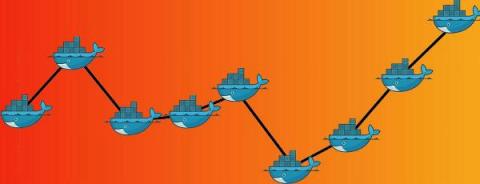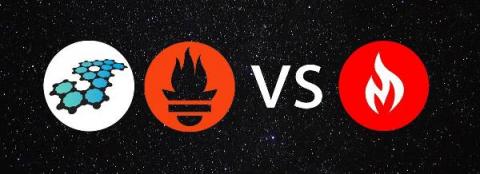Top 5 API monitoring tools
The performance of your APIs is a critical factor that influences the success of a project. After implementation, you will want to constantly monitor your APIs. You may want to monitor response time on a regular basis or you may have more extensive monitoring scenarios. MetricFire specializes in monitoring systems, including APIs. You can use our product with minimal configuration to gain in-depth insight into your environments.











